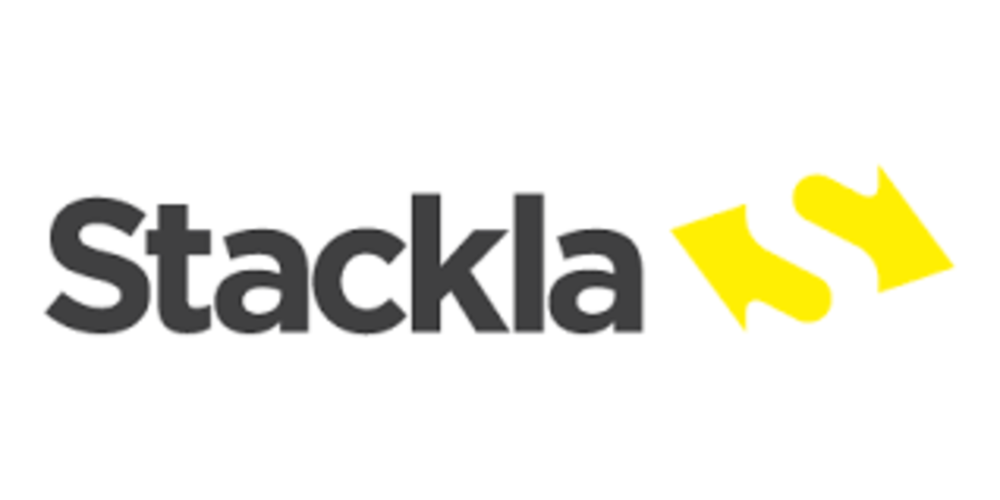Three year old startup Stackla wants to make sure marketers get more return on social investments.
To be closer to the global heart of innovation, the company recently moved its business headquarters from Sydney to San Francisco. To bring marketers closer to customers, Stackla delivers a service that makes it easier to leverage user-generated content brand fans are already sharing with the world. “We think user-generated content is so powerful and valuable it should be at every touchpoint,” says Peter Cassidy, Stackla chief product officer.
Stackla can search and aggregate content from over a dozen top social networks, with a wide range of powerful search terms and filters typically found in the user-generated content management space. Where Stackla works to distinguish itself is in fast turnaround to a wide variety of distribution platforms. “There are so many pieces of technology in a typical marketing stack, it’s important that a solution like ours be compatible with them,” Cassidy says.
Because a lot of social content has a short half-life before it becomes irrelevant or out of date, Stackla wants to help marketers move past simply aggregating and categorizing user-generated content. Getting those clever customer memes and action-camera videos identified is only the beginning. Until a marketer pushes that content out in another campaign or exposure, it creates no additional value for the brand.
The company recently rolled out a set of plugins that connect a client’s user-generated content assets with a wide range of social platforms and ad networks. This lets marketers push user-generated content to email lists, internal content platforms, and outside distribution channels with the same comfortable, familiar workflow as any other campaign the organization might run. It also exposes UGC to the same rigid metrics and deep insights enjoyed by traditional campaigns.
Within the Stackla platform itself, analytics and reports help marketers understand how well they are leveraging user-generated assets, with real-time views of curated content and stats showing how many have actually been employed in brand-managed campaigns. Reporting shows which users are contributing the most to overall conversions, campaign performance, and views. To ensure a steady flow of raw material, new, more sophisticated tools to reward users for shareable content are being added on a regular basis. “Brands are just touching the surface of what’s possible with incentivizing and rewarding the creation of user-generated content,” says Stackla CEO Damien Mahoney.
Technology can’t slow down the fast-changing tastes and short attention spans of consumers, but it can make combing through the vast quantities of inputs and insights more manageable. “Marketers now have the opportunity to have one-to-one relationships with customers, but the problem is that they need vast volumes of content to make that actionable,” Mahoney says. “If Big Content can provide some solutions to those Big Data problems, we’re in a good spot.”








